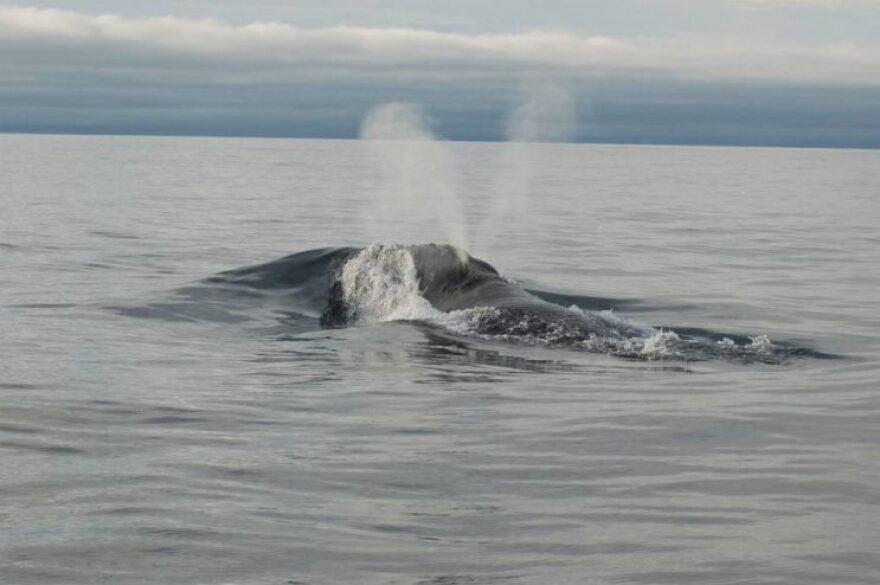The U.S. government on Monday agreed to a request from environmental groups to study increasing critical habitat designations in Alaska waters for North Pacific right whales, one of the rarest whale species in the world.
The National Oceanic and Atmospheric Administration Fisheries estimates there are about 30 of the whales left after centuries of hunting, ship strikes and fishing gear entanglements have devastated the species.
The agency in 2008 designated about 1,175 square miles in the Gulf of Alaska and approximately 35,460 square miles in the southeast Bering Sea as critical habitat for the whales.
Two groups, the Center for Biological Diversity and Save the North Pacific Right Whale, in March petitioned the agency to expand the habitat by connecting the existing two areas.
This would extend the Bering Sea boundary west and south to Alaska’s Fox Islands, through Unimak Pass to the edge of the continental slope, the agency said in a statement.
The proposal would also extend the critical habitat area off Kodiak Island east to the Gulf of Alaska to include new feeding grounds the Center for Biological Diversity has said were confirmed by new research.
“Safeguarding the North Pacific right whale’s habitat is crucial to protecting these magnificent animals,” Kristin Carden, a senior scientist at the Center for Biological Diversity, said in a statement. “The threats to North Pacific right whales grow with each passing day. This review has come not a moment too soon.”
The size of the proposed new habitat was not immediately available from NOAA Fisheries or the environmental groups.
The extended habitat would overlap with productive fishing areas and high-volume marine transit routes, NOAA Fisheries said, but it also coincides with visual sightings and acoustic data of the large whales.
The environmental groups said in their petition that physical and biological features in the proposed critical habitat require special management considerations and protections, which could include vessel speed limits like those that are already enforced to protect North Atlantic right whales.
“I think it would be a tragedy to let them go extinct without doing all we can, and we see this as a step towards doing the things that we can,” said Kevin Campion with the Save the North Pacific Right Whale group.
He added: “Certainly it’s not everything, but it is a step in the right direction for making sure these animals get to exist on the planet.”
North Pacific right whales have been listed as endangered since 1973.
NOAA Fisheries is taking comments on the proposal until September and must publish its decision within a year.

